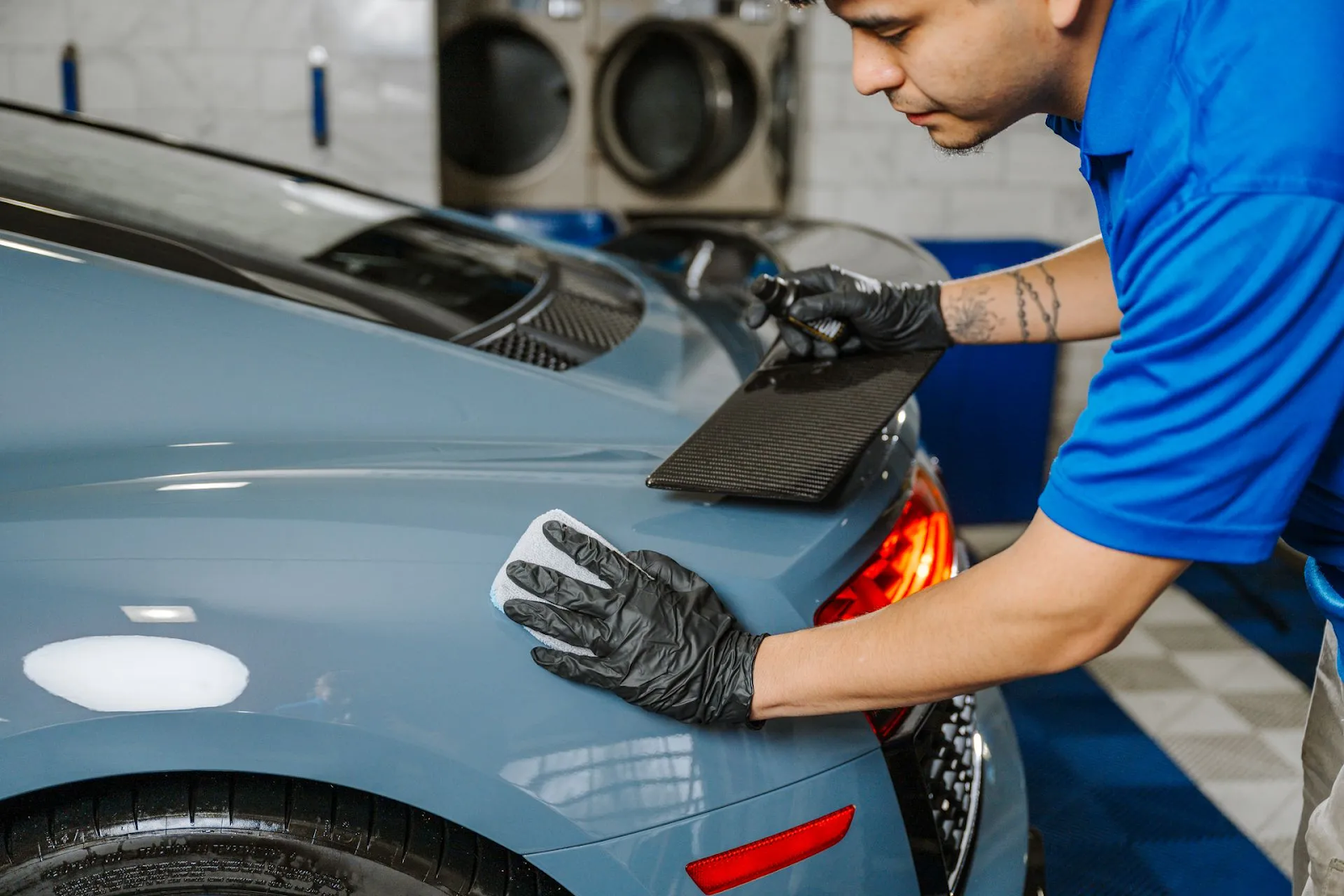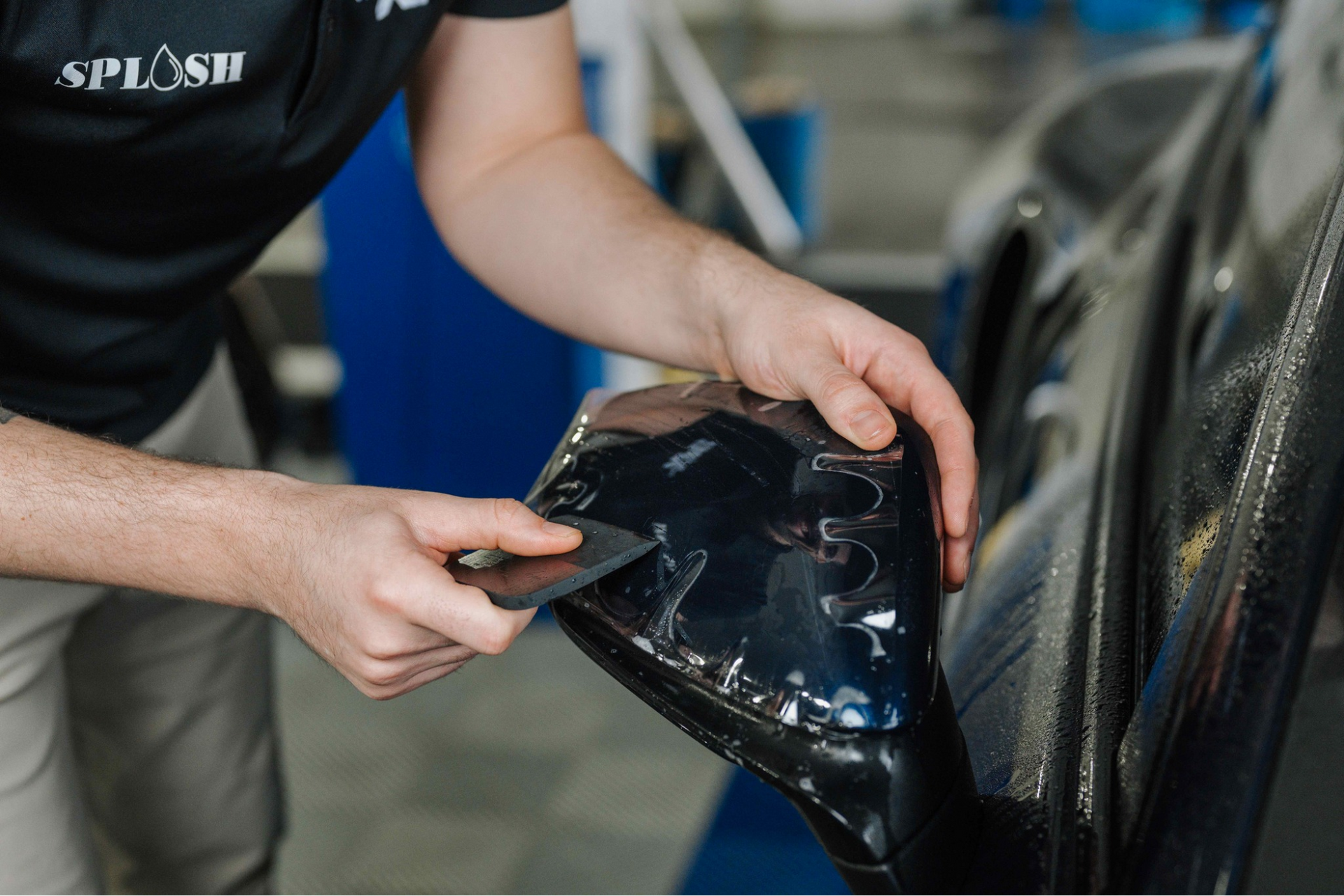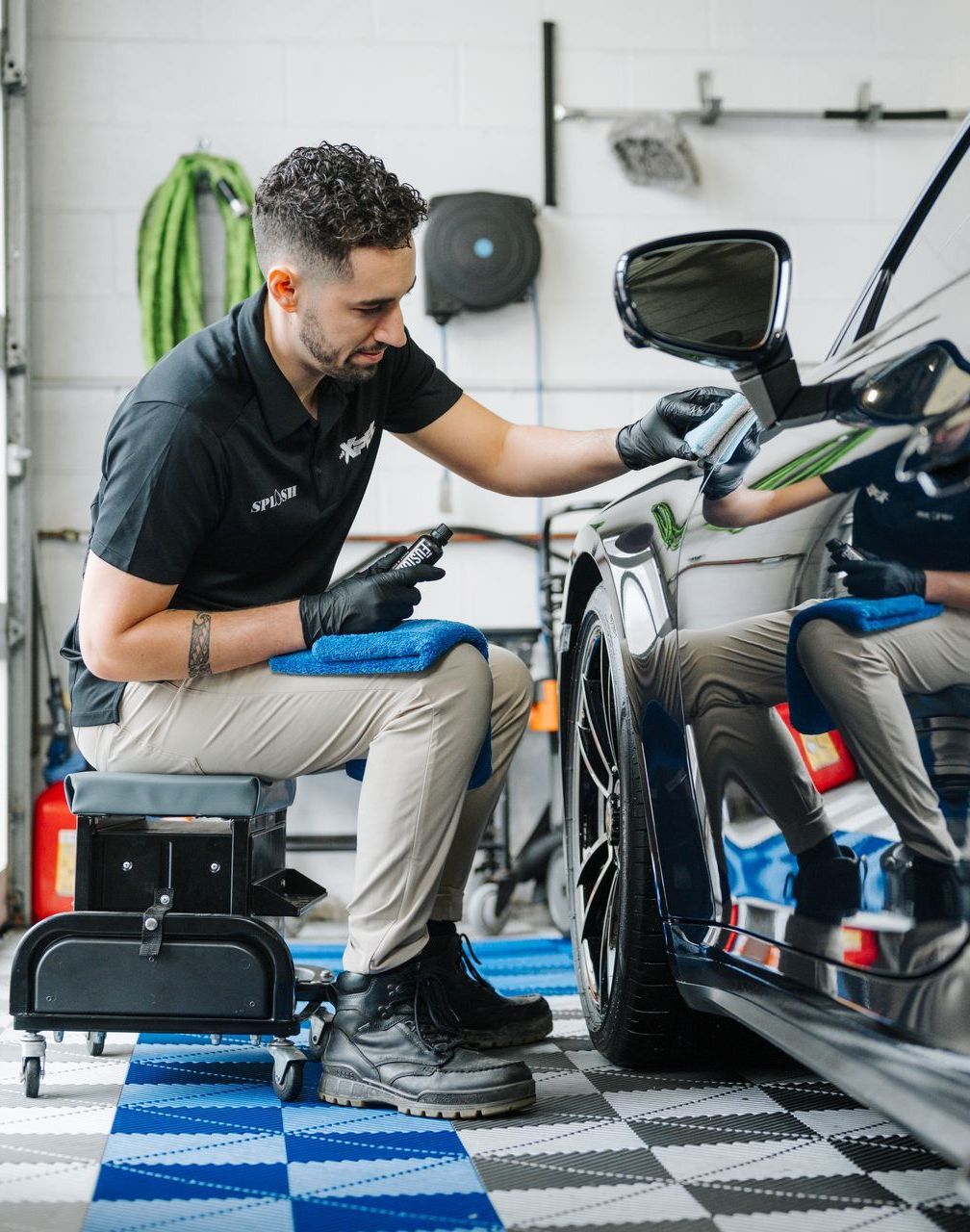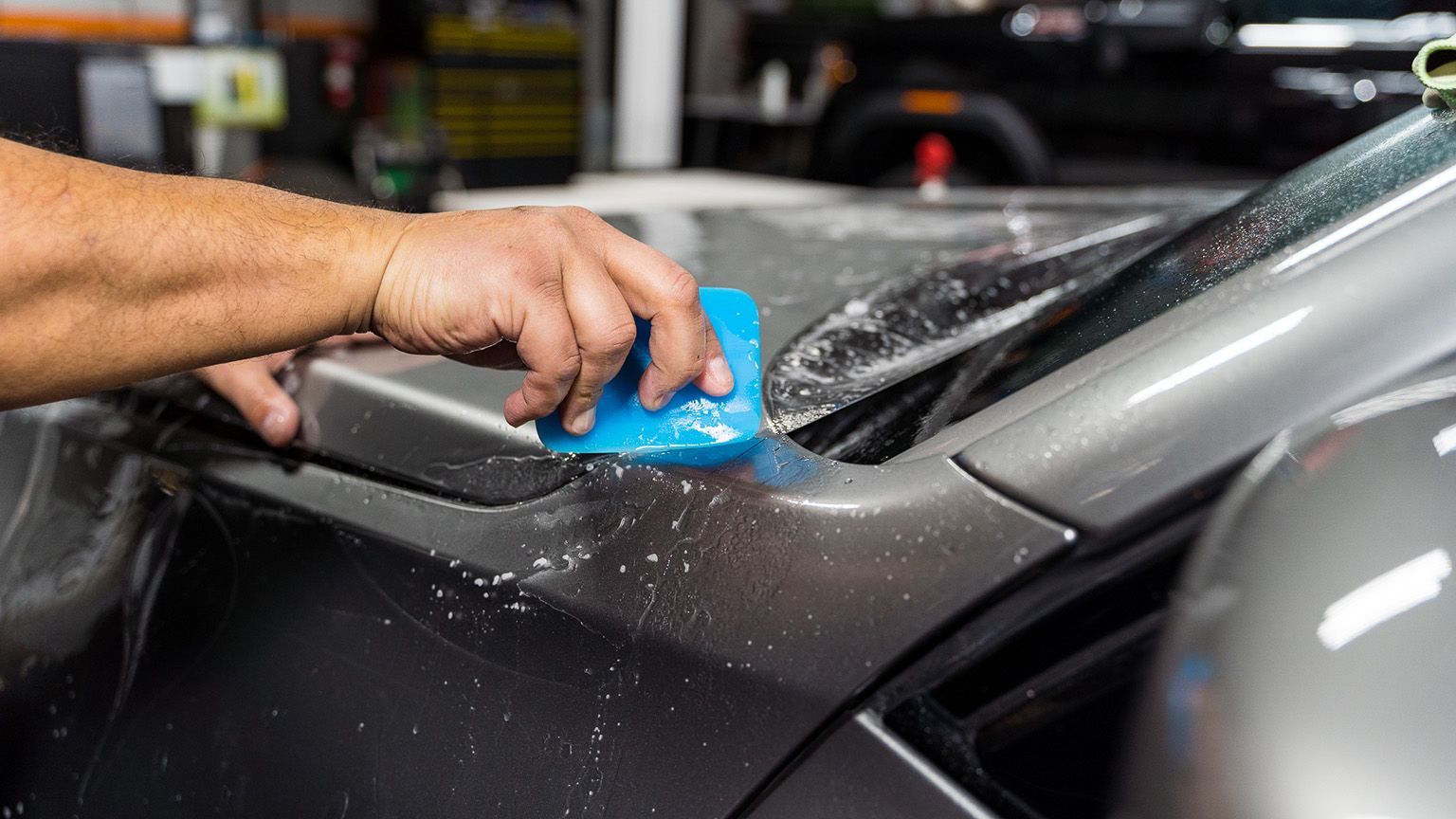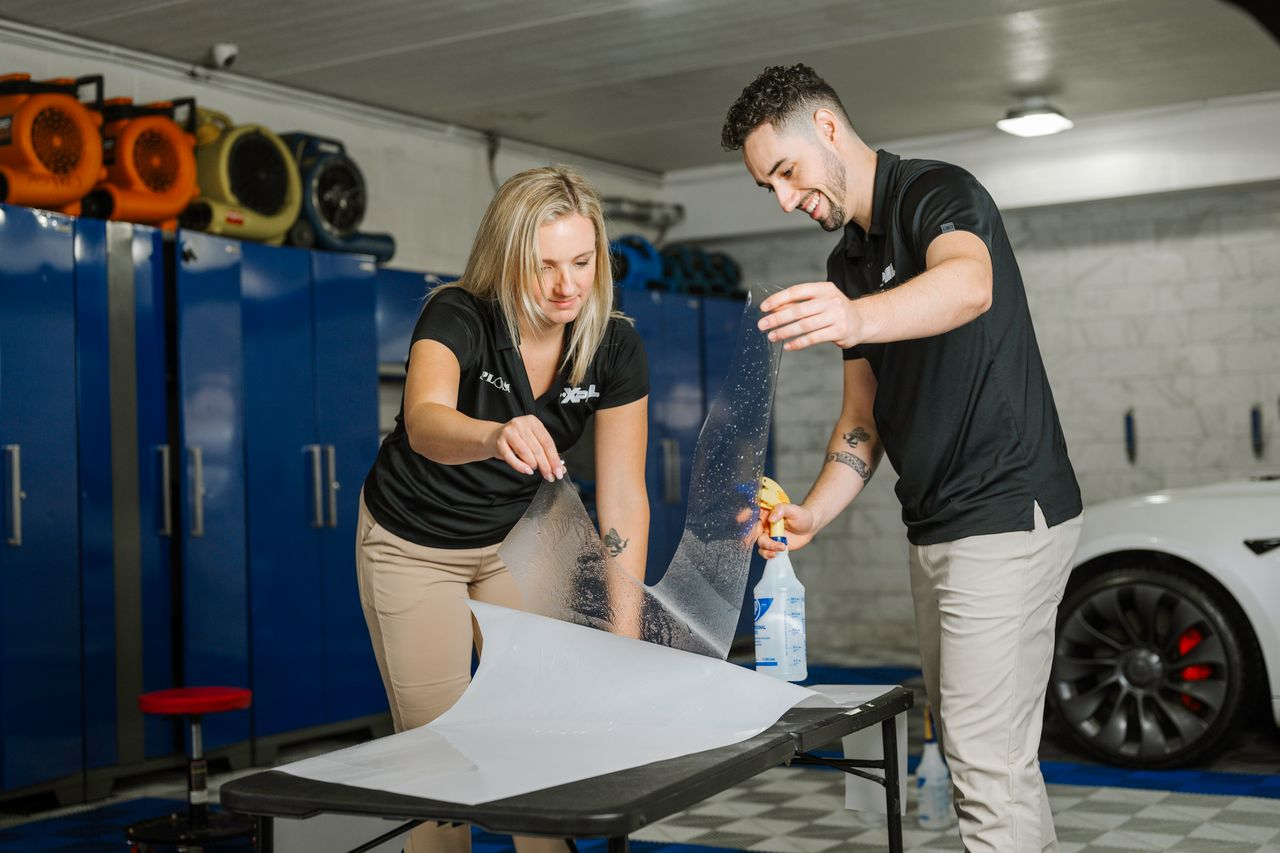More car owners today want to keep their rides looking great while doing right by the environment. The good news? Eco-friendly car wash methods often protect your paint better than traditional techniques. It's a win-win that saves water, reduces chemical runoff, and keeps your car looking showroom fresh.
At Splash Hand Car Wash and Detail, we've seen how sustainable washing practices actually improve results. When you focus on gentle, water-efficient methods, you naturally become more careful with your car's finish. Less aggressive scrubbing means fewer scratches. Concentrated, biodegradable products work better than harsh chemicals that strip protective coatings.
Why Traditional Methods Can Damage Your Car
Most people think about water waste when considering eco-friendly washing, but traditional methods can actually damage your car, too. Standard garden hoses use 10+ gallons per minute, creating runoff that carries dirt right across your paint surface.
High-pressure washing can force contaminants deeper into your clear coat or strip protective waxes and sealants. Those harsh degreasers that promise to cut through everything? They'll cut through your paint protection products just as easily.
Eco friendly car wash methods focus on gentle cleaning that preserves both your car's finish and the environment. Less water and gentler products force you to be more methodical - which typically means better results.
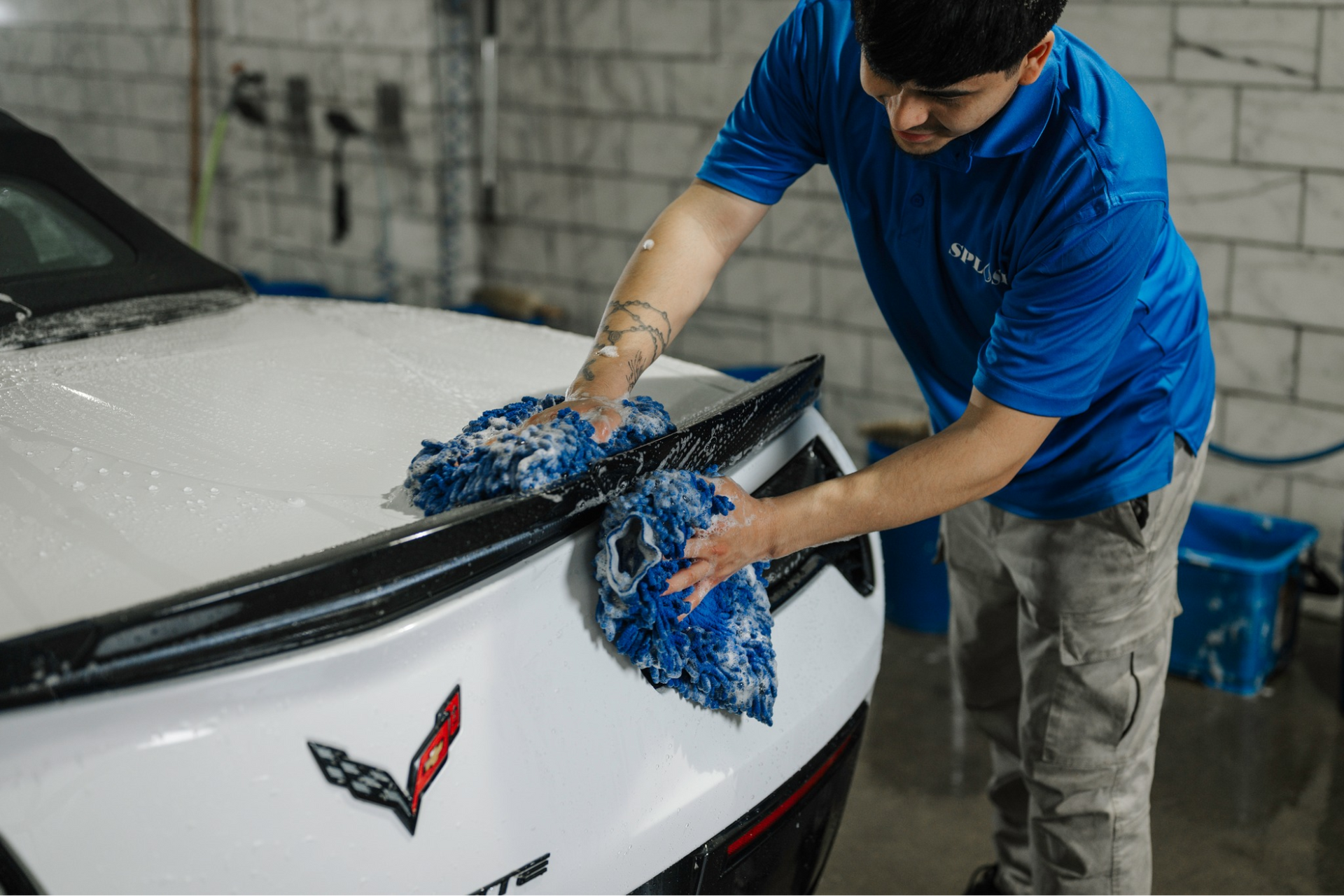
Water-Saving Techniques That Work Better
Rinseless Washing Revolution
Rinseless washing can clean an entire car with just two gallons of water mixed with concentrated cleaner. The polymers in these products create slippery barriers that let dirt slide off safely without scratching.
These techniques use specially formulated products that encapsulate dirt particles, allowing safe removal without traditional rinsing. You get more cleaning power than waterless products while using 90% less water than conventional washing.
Strategic Water Management
When you do use water, timing matters. Pre-soaking heavily soiled areas with minimal water loosens dirt before physical cleaning. This prevents grinding contaminants into your paint during washing.
Working in shade keeps cleaning products from drying too quickly, reducing the need for rewetting and minimizing water spots. Small spray bottles target specific areas without waste.
Biodegradable Products That Clean Better
Advanced Soap Chemistry
Today's biodegradable car soaps create a powerful cleaning action that breaks down road grime without petroleum-based harsh chemicals. These eco-friendly car wash soaps often have better lubricity than traditional products, meaning safer washing with less risk of swirl marks.
Plant-based cleaning agents work by surrounding dirt particles rather than dissolving them aggressively. This gentler approach actually lifts contamination more effectively while being safer for painted surfaces.
Concentrated Formulas Reduce Waste
Concentrated biodegradable products reduce packaging waste while providing better value. A single bottle of concentrated cleaner might replace five bottles of traditional soap. Higher concentration means more active cleaning ingredients per ounce.
Paint-Safe Washing Methods
Minimal Contact Techniques
Eco-friendly car wash techniques prioritize minimal paint contact. Instead of scrubbing away dirt, modern methods focus on lubricating and lifting contaminants safely.
Microfiber tools work better than traditional terry cloth because they trap dirt in their fibers rather than dragging it across surfaces. Quality microfiber also requires less cleaning product to achieve the same results.
Section-by-Section Approach
Working in small sections prevents cleaning products from drying on surfaces and reduces the need for rewetting. Starting from the top and working down follows gravity's natural flow, preventing recontamination of clean areas.
This systematic approach ensures more thorough cleaning with less effort and materials while reducing the need for multiple passes.
Professional vs. DIY Eco-Friendly Methods
Professional Advantages
Professional eco-friendly car wash services use reclaim systems that filter and reuse water, achieving true sustainability that's difficult to replicate at home. Our hand car wash approach combines these sustainable practices with attention to detail that only comes from human expertise.
Commercial-grade biodegradable products often work better than consumer versions because they're designed for specific equipment and application methods. Professional applicators also have training on proper dilution ratios and techniques.
Home Washing Tips
Home washing can be very eco-friendly with the right approach. Washing on grass or gravel allows natural filtration instead of sending contaminated water into storm drains.
Using a shut-off nozzle prevents water waste between rinse cycles. Pre-mixing cleaning solutions in buckets gives you better control over product usage and water consumption.
Tools for Sustainable Car Care
Quality Microfiber Investment
High-quality microfiber towels last hundreds of wash cycles when properly maintained. This longevity reduces waste compared to disposable cleaning materials while providing superior cleaning performance.
Different microfiber weaves serve specific purposes. Waffle weave towels excel at water absorption, while short-nap towels work better for polish removal. Using the right tool for each job improves results and extends tool life.
Proper Tool Care
Washing microfiber towels in hot water without fabric softener maintains their cleaning effectiveness for years rather than months. Air drying preserves microfiber structure better than machine drying.
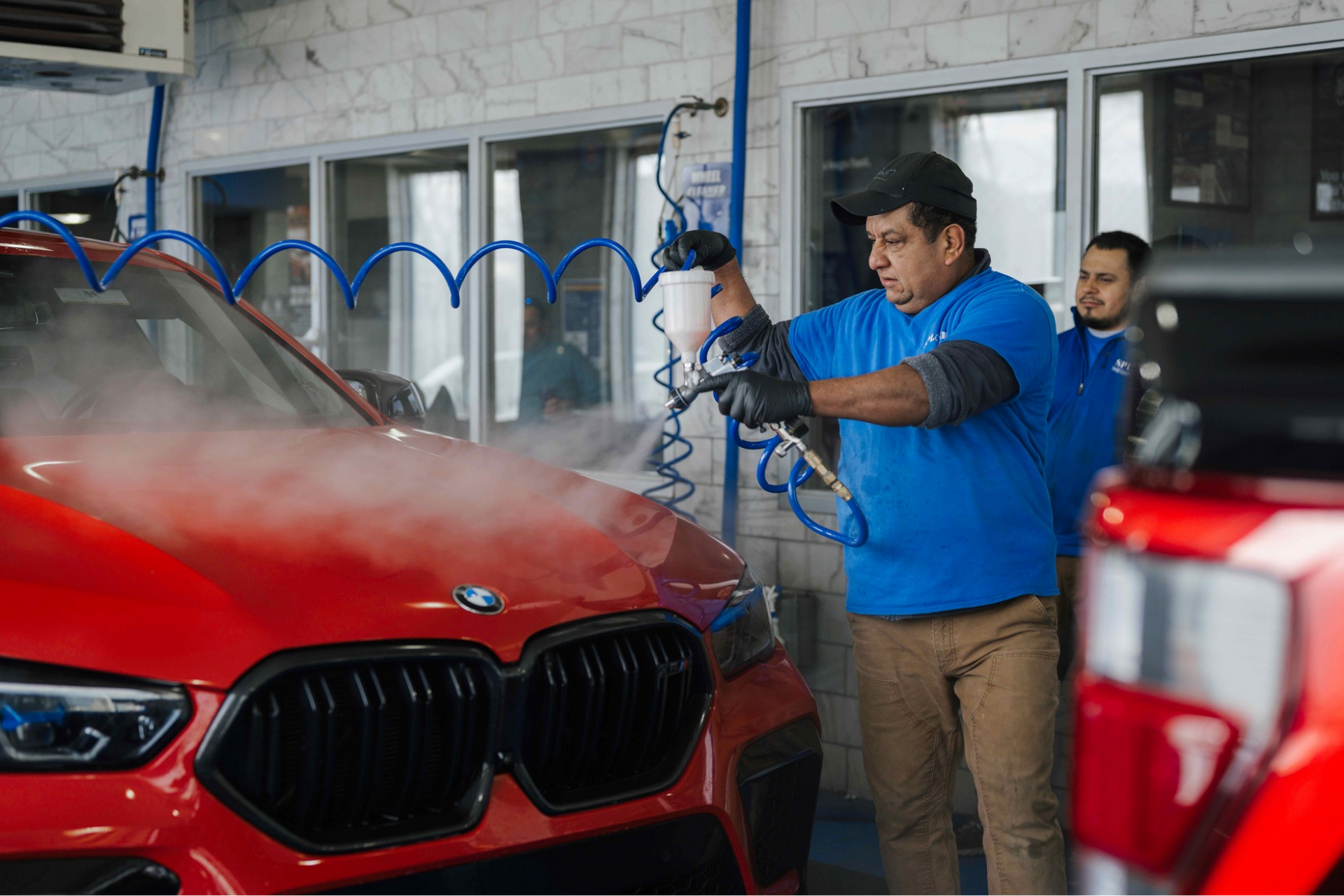
Environmental and Cost Benefits
Beyond Water Conservation
Biodegradable soaps break down naturally instead of accumulating in waterways. This protects aquatic life while maintaining cleaning effectiveness for your vehicle. Reducing chemical usage also means fewer packaging materials and transportation impacts.
Eco-friendly car wash methods that preserve protective coatings extend the time between major paint corrections, reducing the environmental impact of refinishing chemicals.
Long-Term Savings
Concentrated biodegradable products cost more upfront but typically provide better per-wash value. Better paint protection means less frequent need for professional detailing services.
Efficient washing techniques can reduce water usage by 80-90% compared to traditional methods, creating significant savings in areas with high water costs.
Frequently Asked Questions
Do biodegradable car soaps clean as well as traditional products?
Modern biodegradable car soaps actually clean better than many traditional products. Advanced plant-based surfactants provide excellent cleaning power while being gentler on paint and protective coatings. The key is choosing quality products designed specifically for automotive use.
How much water can eco-friendly car wash methods save?
Rinseless washing uses about 2 gallons compared to 20-50 gallons for traditional hose washing. Waterless methods use no water at all. Even modified traditional methods with shut-off nozzles can reduce consumption by 60-70% through better water management.
Will waterless washing scratch my car's paint?
Waterless washing is safe when done correctly with quality products and proper technique. The key is using enough product to create lubrication and working on lightly soiled vehicles. Heavily contaminated cars should use rinseless or traditional methods first.
Are eco-friendly products more expensive than regular soaps?
Quality eco-friendly products often cost more initially but provide better value per wash due to concentration and effectiveness. The superior lubrication and cleaning power mean you use less product while getting better results and protection.
Can I use eco-friendly methods on ceramic-coated cars?
Eco-friendly car wash methods work excellently on protected surfaces. The gentle cleaning action preserves protective coatings longer, while the superior lubrication prevents damage during washing. Many coating manufacturers actually recommend these gentler approaches.
Book a Professional Eco-Friendly Wash for Lasting Results
Eco-friendly car wash techniques aren't just good for the environment - they're often better for your car too. When you focus on gentle, efficient cleaning methods, you naturally protect your paint while reducing waste and chemical usage.
The combination of water conservation, biodegradable products, and paint-safe techniques creates results that traditional washing methods can't match. Your car stays cleaner longer, protective coatings last longer, and you're doing your part for sustainability.
Ready to experience professional eco-friendly car wash services? At Splash Hand Car Wash and Detail, we've perfected sustainable washing techniques that deliver exceptional results while protecting both your investment and the environment.
Contact us today to learn more about our sustainable car care approach. Let's keep your car looking amazing while doing right by the planet.

